Description
Felicitatie op de zilveren bruiloft van Otto Rudolph vom Rath en Anna Maria Louise Bunge, 1885 by Charles Rochussen printed on a T-Shirt
About the T-Shirt
Regular fit
Standard length, the fabric easily gives into movement
Casual wear
A classic, everyday option loved by our customers
Side-seamed
Constructed by sewing two parts together, creating a fitted look
The Unisex Staple T-Shirt feels soft and light with just the right amount of stretch. It’s comfortable and flattering for all. We can’t compliment this shirt enough–it’s one of our crowd favorites, and it’s sure to be your next favorite too!
- Solid colors are 100% Airlume combed and ring-spun cotton
- Ash color is 99% combed and ring-spun cotton, 1% polyester
- Heather colors are 52% combed and ring-spun cotton, 48% polyester
- Athletic and Black Heather are 90% combed and ring-spun cotton, 10% polyester
- Heather Prism colors are 99% combed and ring-spun cotton, 1% polyester
- Fabric weight: 4.2 oz./yd.² (142 g/m²)
- Pre-shrunk fabric
- 30 singles
- Side-seamed construction
- Tear-away label
- Shoulder-to-shoulder taping
- Blank product sourced from Nicaragua, Mexico, Honduras, or the US
Charles Rochussen (1814 – 1894)
Charles Rochussen was a 19th-century painter from Rotterdam, the Netherlands, who was also known as an illustrator and printmaker.
Charles was the second son of the wealthy businessman and art collector Hendrik Rochussen (1779–1852), who was himself an amateur draftsman of some distinction and owned an extensive art and history library. His brother Henri Rochussen (1812–89) became a painter. While still a child, Charles showed a talent for drawing; between 1831 and 1834 he produced watercolor studies of birds. However, it was decided that he would pursue a career in business. He worked for a few years in an office before resolving at the age of 22 to turn to painting. In 1837 he enrolled at the academy in The Hague, where he was taught by Wijnand Nuijen (1813–39) and, after Nuyen’s death, by Anthonie Waldorp (1803–66). During his Hague period, which lasted until 1843 (or, according to some sources, 1846), he painted landscapes and beach and village views. From 1849 to 1869 he lived in Amsterdam and thereafter in Rotterdam. He started painting looser, more along the lines of the upcoming Impressionism movement.

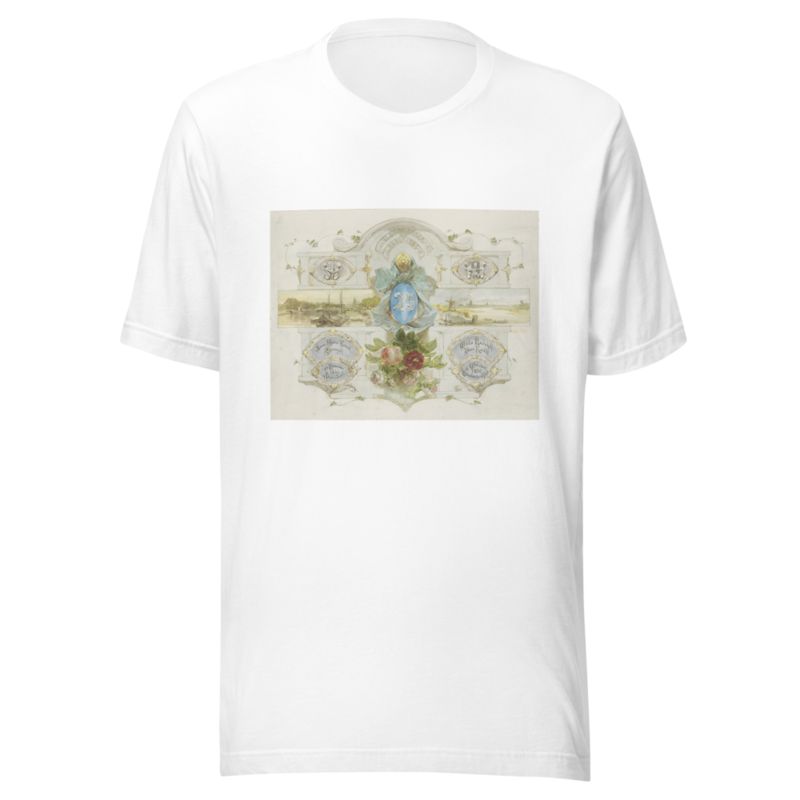
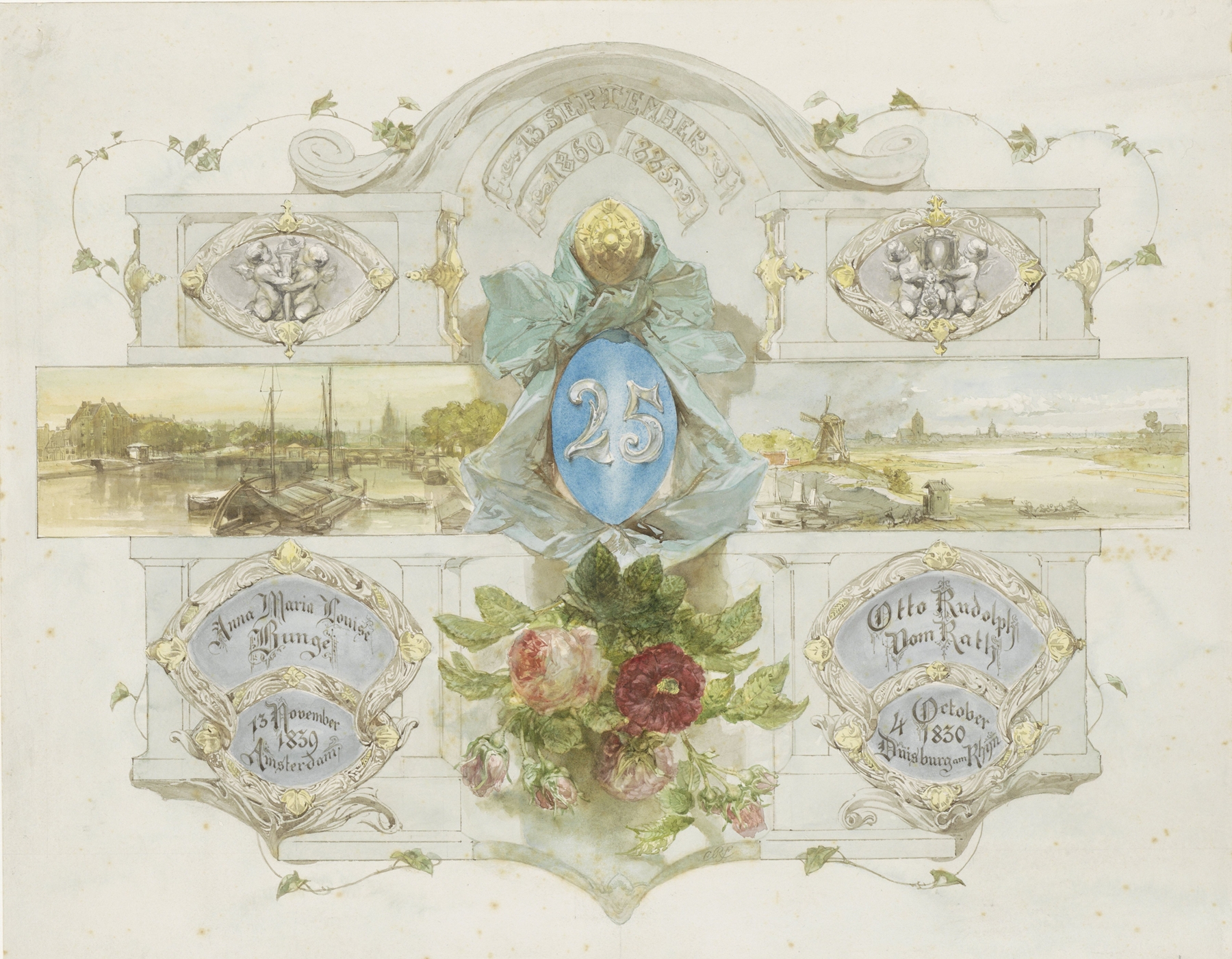
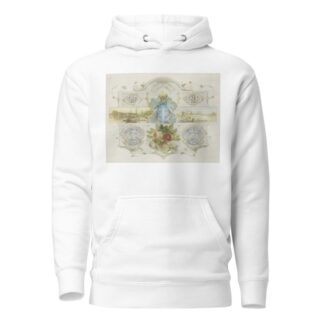
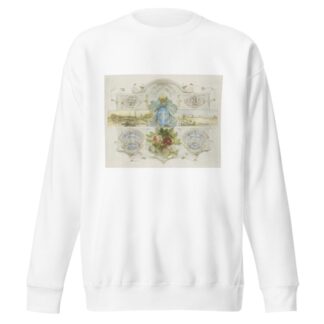
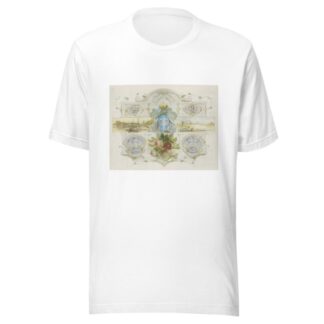
Reviews
There are no reviews yet.